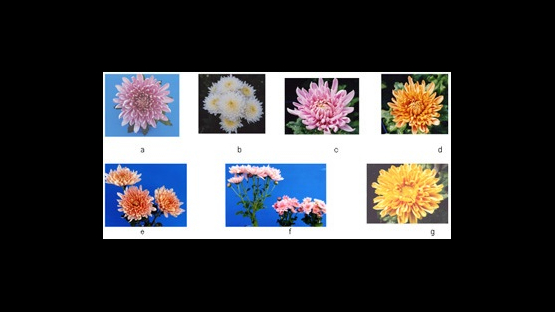
If you would like to learn more about the IAEA’s work, sign up for our weekly updates containing our most important news, multimedia and more.
Flowers Blooming - A Follow-up of a Previous TCP in Thailand, THA/5/045
In a pioneer project supported by the Departments of Technical Cooperation and Nuclear Sciences and Applications of the IAEA, mutant flowers that appealed to florists and growers produced were produced at Kasetsart University in Thailand, and thusly many new varieties were introduced into the market.
Farmers from all over the country were invited to bring their own material to be irradiated. After learning how to propagate and select the mutant flowers, the farmers took back the irradiated material to their nurseries. More than 500 farmers took part in this project. They were able to choose which flowers they wished to market and started profiting from them.
It was the strong belief that "induced mutation technology can be used directly by farmers to produce new varieties and that this technology is not specific or restricted only to plant breeders at universities or governmental organizations" that made Prof. Siranut Lamseejan, the major counterpart, pursue her dream and achieve this successful story that benefit many families and generations to come in Thailand.
The IAEA, working with Kasetsart University in Thailand on building capacities for plant mutation breeding through several Technical Cooperation Projects (TCPs) and Research Networks (Coordinated Research Projects, CRPs) further supported programs on radiation induced mutation for bean and chrysanthemum.
With the capacities built on these projects, a Gamma Irradiation Service and Nuclear Technology Research Center was established and is now providing services for scientists in Thailand. During the past few years, scientists in this center developed more than 50 new mutant varieties, including canna (37), chrysanthemum (6), portulaca (10) and adenium (2) which were released to farmers. Moreover, they also collaborated with floriculture farmers and helped them develop several registered varieties of adenium such as Super Red and Super White.


